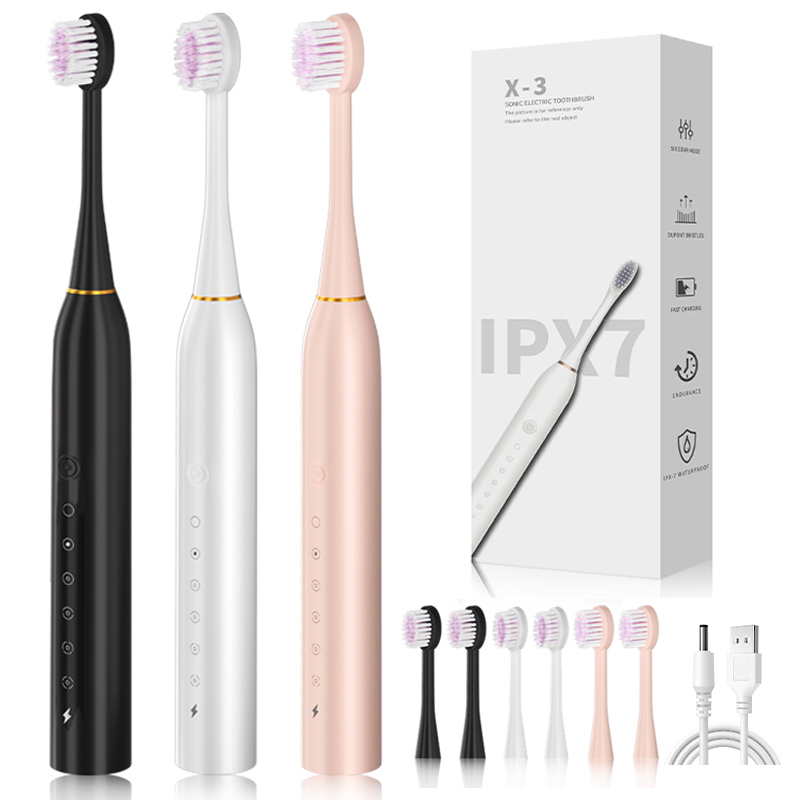
Keeping great mouth cleanliness is a key part of total wellness. Selecting the correct tooth-cleaning tool is a vital step on this path. With many choices out there, the discussion between electric brushes and hand-operated ones often puzzles shoppers. They ask, “Which cleans better?” This question involves not just liking but also results, ease, and lasting tooth health. This full guide looks at the main contrasts, gains, and points for thought about both types. It helps you pick wisely. We also present Soco Electric, a dependable maker of top-grade electric brushes. Common questions get answers in a detailed FAQ part.
Your tooth-cleaning device is your chief weapon against sticky film, avoiding holes in teeth, and keeping gum tissue fit. Bad mouth care can cause troubles like rotten teeth, swollen gums, and bad mouth smells. These may grow into worse body worries. Deciding between a powered brush and a hand tool means judging things like cleaning power, simplicity to use, price, and special tooth needs. We will examine both choices to see which cleans better for you.
electric brushes are electric tools. They use spinning, turning, or shaking bristles to clean teeth better than hand brushing. These devices copy moves that tooth doctors suggest – round and side-to-side actions. They give thousands of brush sweeps each minute. This fast movement lets electric brushes take off sticky film and food bits more easily. They work well in tricky spots like back teeth and near the gum edge.
electric brushes offer several pluses. They are a top pick for people wanting the best mouth care:
electric brushes are extra good for:
Hand tools depend on your hand motions to clean teeth. With the right method – soft round moves for two minutes – they can take off sticky film and keep mouth health well. Hand tools come in many bristle kinds (soft, middle, hard) and shapes. These fit different tastes and tooth needs.
Despite the rise of electric brushes, hand choices stay popular for many. This is due to their plainness and usefulness:
Hand tools fit well for:
This clear contrast helps you see which cleans better:
| Feature | Electric Toothbrush | Manual Toothbrush |
| Cost | Higher starting price ($20–$200) | Low price ($1–$5) |
| Cleaning Power | Takes off more sticky film faster | Useful with right method |
| Ease | Needs charging or batteries | No power source needed |
| Portability | Bigger, less easy for travel | Light, simple to carry |
| Special Parts | Timers, many ways, push sensors | Basic build, changeable bristles |
| Upkeep | Change tops every 3–6 months | Change every 3 months |
Studies keep showing electric brushes beat hand tools in sticky film removal and gum swelling prevention. This is especially true for those who find proper cleaning ways hard. The fast bristle motions and built-in parts like timers give a more steady and full clean. Still, a hand tool can do just as well when used with right ways. These include brushing two minutes with soft round moves on all tooth faces.
Think about these when choosing between powered and hand tools:

For picking a top-grade powered brush, Soco Electric stands as a steady maker in Yiwu, Zhejiang. They focus on personal care tools. Soco Electric makes new electric brushes for different shopper needs. Their tooth tools have many cleaning ways, high shake speeds (up to 7,000 times per minute), and long power life (up to 3 hours). This gives a deep clean that protects mouth health. With CE and ROHS papers, Suoke’s goods meet strict safety and quality rules. This makes them a trusted pick for world markets like Europe, America, and Southeast Asia. They focus on OEM/ODM answers. Soco Electric teams with brands to give custom, high-level brushes. These improve mouth care habits worldwide.
The talk about powered brush vs. hand tool: which cleans better finally rests on your own needs, likes, and pledge to right cleaning ways. electric brushes offer better sticky film removal, ease, and fancy parts. This makes them perfect for those wanting a high-tech, quick answer. Hand tools, though, are low-cost, easy to carry, and useful when used right. They suit money-mindful persons or those who favor plainness. By weighing things like cost, tooth needs, and daily life, you can pick the tool that best backs your mouth health aims. For those leaning toward powered choices, Soco Electric gives steady, top-grade brushes made to lift your cleaning time.
Yes, electric brushes normally clean better. They take off up to 21% more sticky film than hand tools, especially in hard-to-reach spots. Their fast bristle moves make sure of a full clean. But hand tools can be as useful with right ways.
Completely. Many electric brushes are made for young ones. They have smaller brush tops, soft bristles, and fun looks to push good cleaning habits. Always pick a type fit for your child’s age. Ask a tooth doctor if unsure.
For best work, change the brush top every three to six months. This depends on how much you use it. Regular changing makes sure cleaning works well. It stops wear troubles.
Yes, many electric brushes give soft ways and gentle bristles. These clean softly without upsetting gums. Look for types with push sensors to skip hard brushing.
Soco Electric’s electric brushes have fancy parts like many cleaning ways, high shake speeds, and long power life. They give a quicker and simpler clean compared to hand tools. Their quality papers make sure of safety and steadiness for all users.